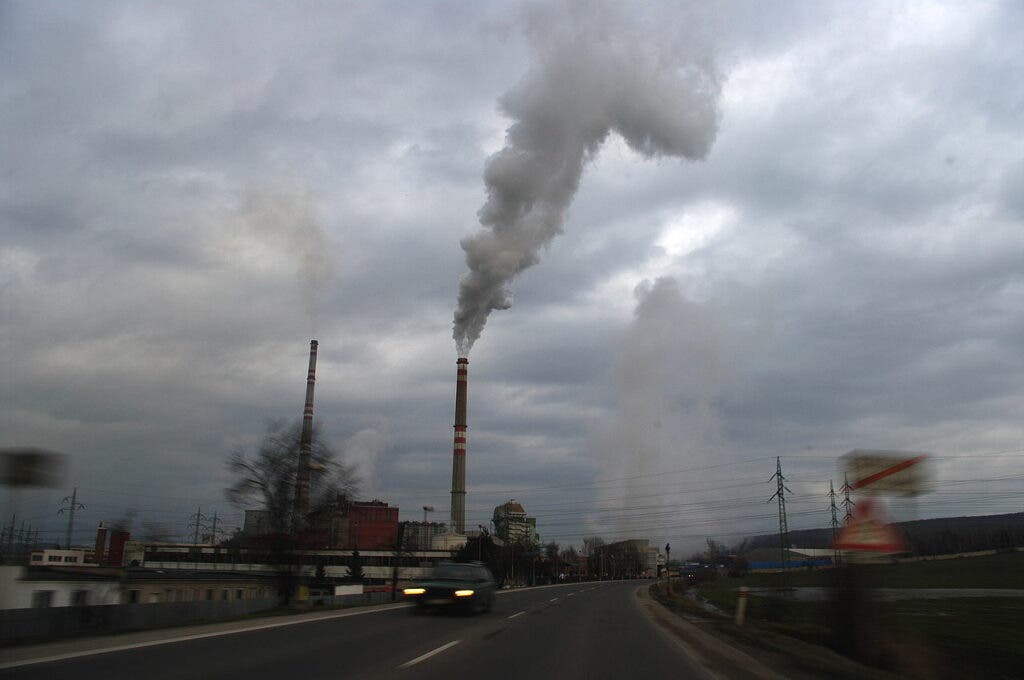While genetics play a big role, many other factors have been speculated to cause attention deficit hyperactivity disorder (ADHD) – from eating too much sugar to watching TV. Now, researchers have found that high levels of air pollution and limited access to green areas can also increase the risk of developing the condition.

ADHD is a common neurodevelopmental condition in children, which sometimes continues in adulthood. It’s a complex condition, difficult to diagnose, and with no cure. If left unchecked, ADHD can impact children’s performance at school and their relationships with parents and peers . It’s more common in boys than girls and it affects 1 in 20 children.
The disorder is generally diagnosed during the first years of school but it can manifest differently from child to child. Its cause, however, has been a subject of debate among researchers. In 2018, a study identified regions of the DNA associated with ADHD, for instance. But scientists have also been studying other factors, with no clear answers on many of them so far.
It seems like a lot of things could be responsible for ADHD, and the latest to blame is air pollution. According to previous research, it may cause ADHD through induced systemic oxidative stress, with disturbs brain development, leading to cognitive deficits. Noise exposure can also increase stress, with is associated with psychological disorders such as hyperactivity. However, results from previous research have so far been inconsistent or limited.
In a new study, researchers at the Barcelona Institute for Global Health (ISGlobal) looked at the links between environmental exposures (greenness, air pollution and noise) in early life and later ADHD incidence – using environmental exposure metrics in combination with a population-based birth cohort linked with administrative data.
“We observed that children living in greener neighborhoods with low air pollution had a substantially decreased risk of ADHD. This is an environmental inequality where, in turn, those children living in areas with higher pollution and less greenness face a disproportionally greater risk”, lead author Matilda van den Bosch said in a statement.
ADHD and air pollution
For the study, the researchers used birth data from the metropolitan area of Vancouver, Canada from 2000 to 2001 and also retrieved data on ADHD cases from hospital records. They estimated the percentage of green spaces in the participants’ neighborhoods as well as the levels of air and noise pollution, using exposure models.
The study identified a total of 1,217 ADHD cases, which represents 4.2% of the sampled population. The participants living in areas with a larger percentage of vegetation had a lower risk of ADHD. More specifically, the study showed that a 12% increase in vegetation was linked with a 10% drop in the risk of having ADHD.
The opposite associated was observed with air pollution. The participants who had higher exposure to PM2.5 (fine particulate matter) had a higher risk of ADHD. Specifically, every 2.1 microgram increase in the levels of PM2.5 meant an 11% increase in the risk of ADHD. No link was found between noise pollution, NO2, and ADHD.
“Our findings also show that the associations between PM2.5 and ADHD were attenuated by residential green space and vice versa as if the beneficial effects of vegetation and the harmful effects of PM2.5 neutralized each other,” Weiran Yuchi, a researcher at the University of British Columbia and first author of the study, said in a statement.
The study was published in the journal Environment International.









